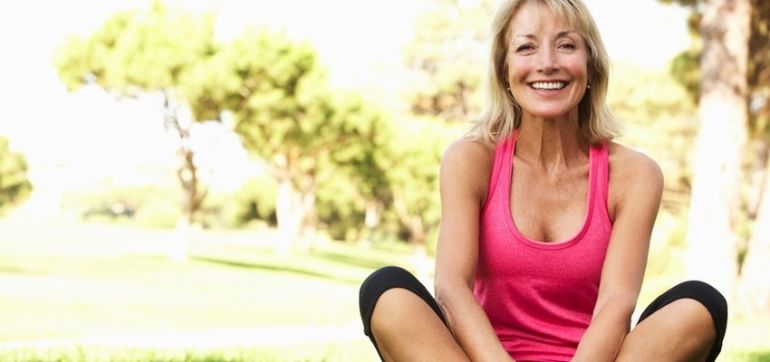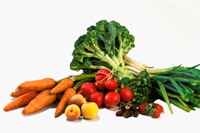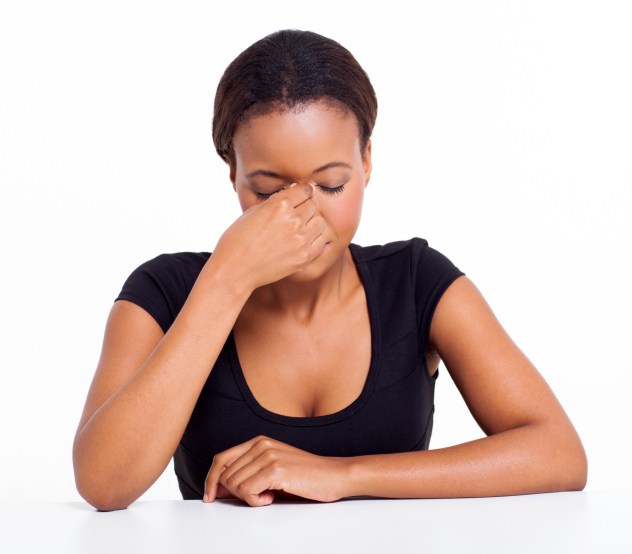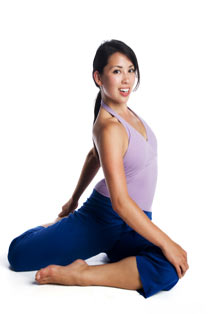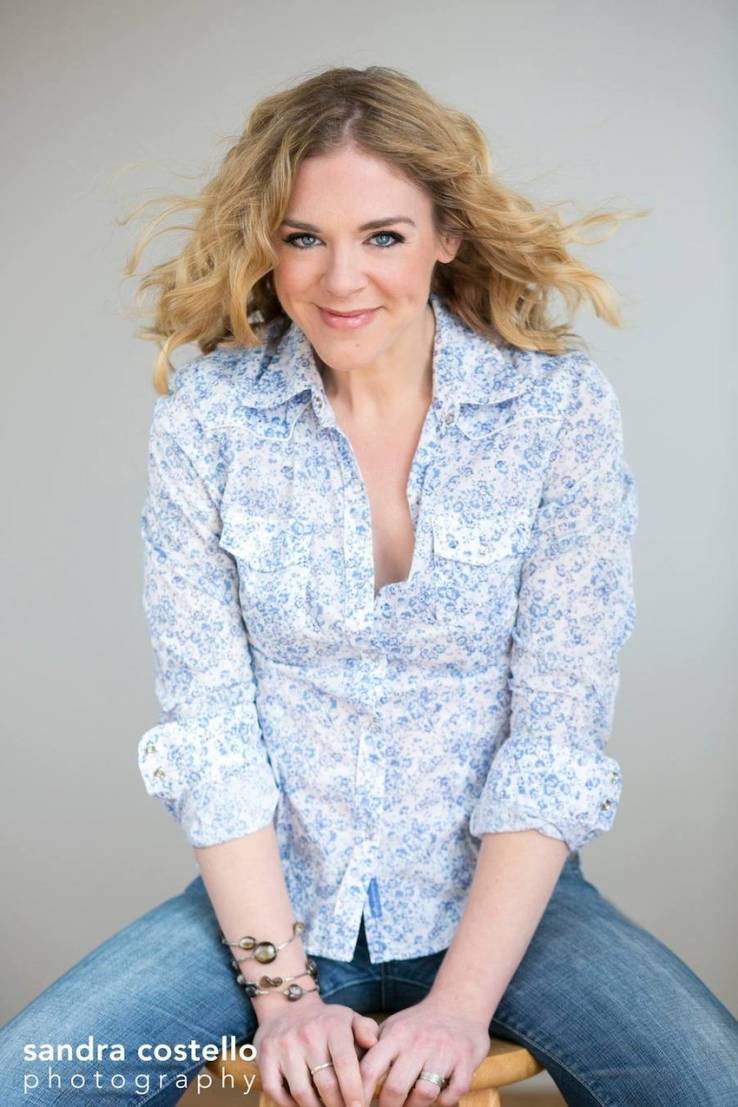Weight Loss And Your Body Type
In order to lose weight effectively, you need to know your own unique body type. We are all different to each other, so you'd agree that it is logical to apply different method to suit individual body type to accelerate your weight loss process.
There are roughly 5 different body types. Some of you are the conbination of two or more of these.
Type A; Tall with long limbs. Heavily-boned. Well developed muscles and bones. Strong joints and face lines. Too much carbohydrates could cause illness. Dominating endocrine organ; Pituitarium
Type B; Thin and lithe body with Long neck. Brisk in motion. Thin but big eater. Too much stress could be the main cause of weight gain. Dominating endocrine organ; Thyroid gland
Type C; Larger hip and bust and chubbier thighs and waist. Plump impression. Relaxing could help burning fat. Dominating endocrine organ; Paranephrost
Type D; Hourglass-like body. Rounder body with tiny waist. Larger bust and hip. Dairy products and vegetables can enhance metabolism. Dominating endocrine organ; Reproductive gland
Type E; Smaller and thinner figure. Smaller bust. Teenager-like body structure. Unbalanced diet is taboo. Need a variety of foods in her/his diet. Dominating endocrine organ; Reproductive gland and Pituitarium
If you would like to know more about each body type, please visit www.indigoworld.com.au/weightlosstips1-eng.htm
Now, which one of above is your body type do you think? Let's find out what your body type is by answering the following simple questions. So, you can figure out what sort of weight loss method really works for your particular body type. Check the closest answer out of five options. Think about only your bone structure.
Question 1; Your heights
A: Very tall B: Taller than the average C: Average D or E: Shorter than the average
Question 2; Your hand's shape
A: Strong and rough. Joints are very clearly seen when you clench your hands.
B: Thin and dainty. The length of fingers are almost same as the length of palm.
C: Strong-boned. Fingers are thick and short.
D: Soft and puffy. Joints are hardly seen. Thick fingers but they are getting thinner toward finger tips.
E: Small but firm. Long dainty fingers.
Question 3; Head and face
A: Larger head with long face. Strong nose, jaw and cheek bones.
B: Long and thin face.
C: Square face getting a little thinner from under the eyes toward jaw.
D: Larger head with round soft face.
E: Small head with sharp face.
Question 4; Bone structure
A: Big bones. Strong and tough joints.
B: Tall but thin and dainty. Thin joints and wrists. Even when you put on weight your wrists and ankles are still thin.
C: Bigger and shorter bones with strong joints. Developed muscles around upper arms, calves and thighs. or a little plump.
D: Big and short bones. Dainty joints but strong.
E: Short and dainty bones but stronger than the way it looks.
Question 5; Below ankles
A: Thin and long feet. Long toes and definite malleolus.
B: Thin feet with long toes.
C: Wide and plump feet. Wider toward toes and thinner on heels. Average toe length.
D: Small and puffy feet. Shorter toes. The width of toes and heels aren't much different.
E: Similar to D but thinner toward heels.
Question 6; Chest and torso
A: Strong chest and big collarbone. Average to bigger bust.
B: Slim and thin chest. Small to average bust.
C: Thick chest and torso. Average to bigger bust. Athletic looking body
D: Plump chest with average to bigger bust.
E: Dainty chest with small to average bust.
Question 7; Frame
A: Tall and not much contour Long and thing limbs with strong joints. Larger figure.
B: Long and thin torso with thin neck and thin legs. Dainty figure.
C: Strong torso with shorter muscular legs. Sticked out bottom and chest.
D: Short with shorter legs. Not muscular but rather sticked out bottom and chest. Definite waist and hip lines.
E: Flat and straight body. Dainty looking body but quite muscular and strong.
Question 8; Balance between upper and lower body
A: Straight torso with no definite waist. Small hip.
B: Getting thinner toward lower body from the shoulders with little waist. Rather solid hip and thighs.
C: Broader shoulder. Torso is getting a little thinner toward waist. Width of hip is about the same as upper torso. Strong thighs and legs.
D: Large chest with definite waist and hip. Hourglass like body. Whole body could be covered with soft fat.
E: Dainty torso. Width of shoulders and hip are the same. Almost no waist. Sometimes they look younger than what they really are.
Which one have you got the most? If 6 or more of your answers are A, you are definitely type A. If it was 5 or less, start with the type with the largest number and then check the ones with less numbers to figure out which one is your type.
If you would like to know more about your body type and weight loss rules for your body type, please visit www.indigoworld.com.au/weightlosstips1-eng.htm
-
The Air You Breathe Could Be Causing Weight Gain, According To Science
-
Real-Life Weight Management: 100 Percent Fad Free
Turn on the TV and theres the latest super-pill guaranteed to make you
-
Core Value Eating
Who is more likely to sustain desirable weight, the valued self or the
-
Tips For Losing Weight And Staying Slim
You are not alone if weight loss is a concern of yours. Both exe
-
Low-calorie Cooking Tips
Want to get rid of bloated belly? If yes, cut down calories from your
-
Sweet Alternatives for Dieters
Sweets are normally considered off limits for those watching their die
- DON'T MISS
- Is your eating driven by emotional hunger?
- New Japanese 2-Day Diet - A Natural Alternative
- The Many Dangers of Obesity
- Can I Lose Fat Off My Stomach Without Losing My Mind?
- The Truth About Low Carb Diets
- The Need To Lose Weight Potential Health Problems Which Can Affect People Who Are Overweight
- Healthy Foods That Make You Happy
- How To Lose Pot Belly
- Weight Loss Proteins The Casein Whey Protein Debate
- Gentle Weight Loss with Ayurveda
